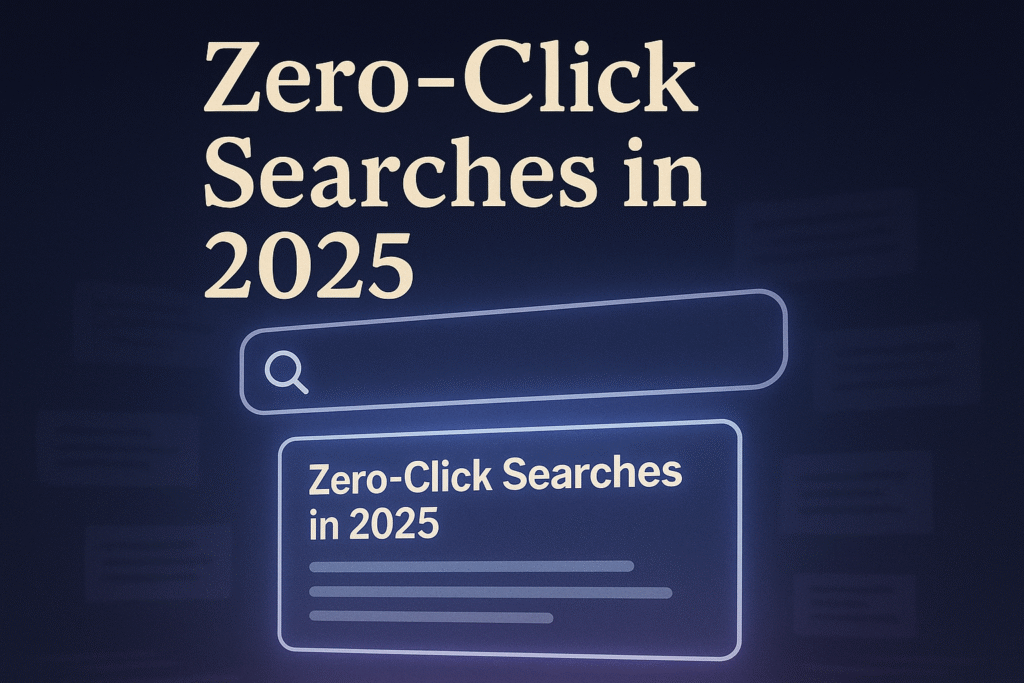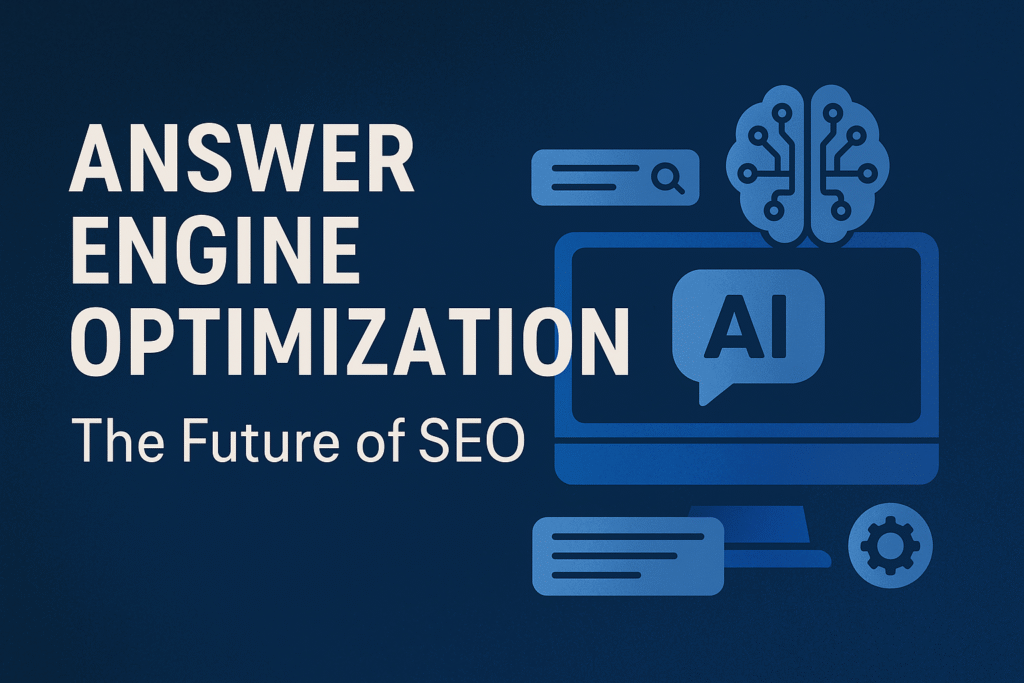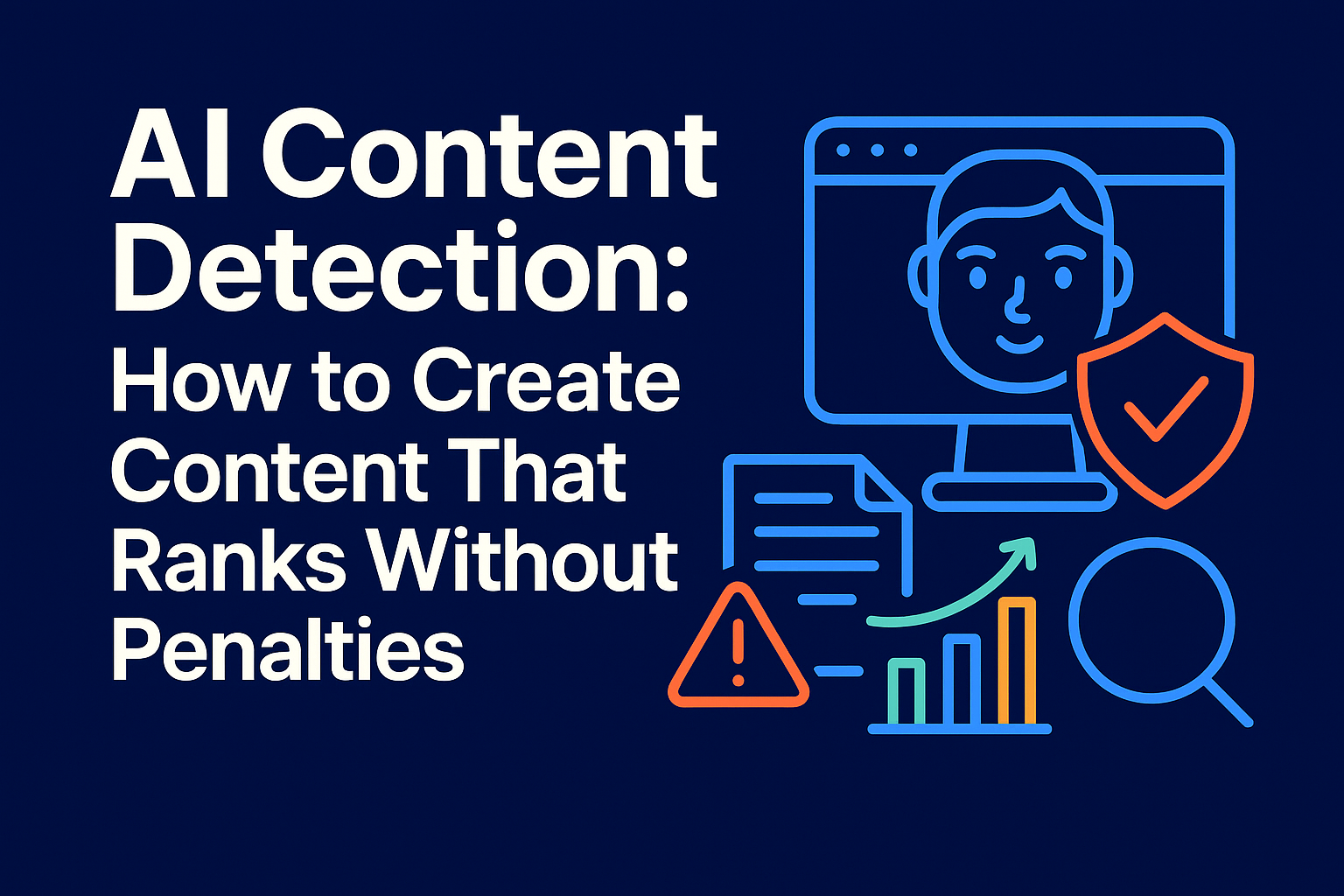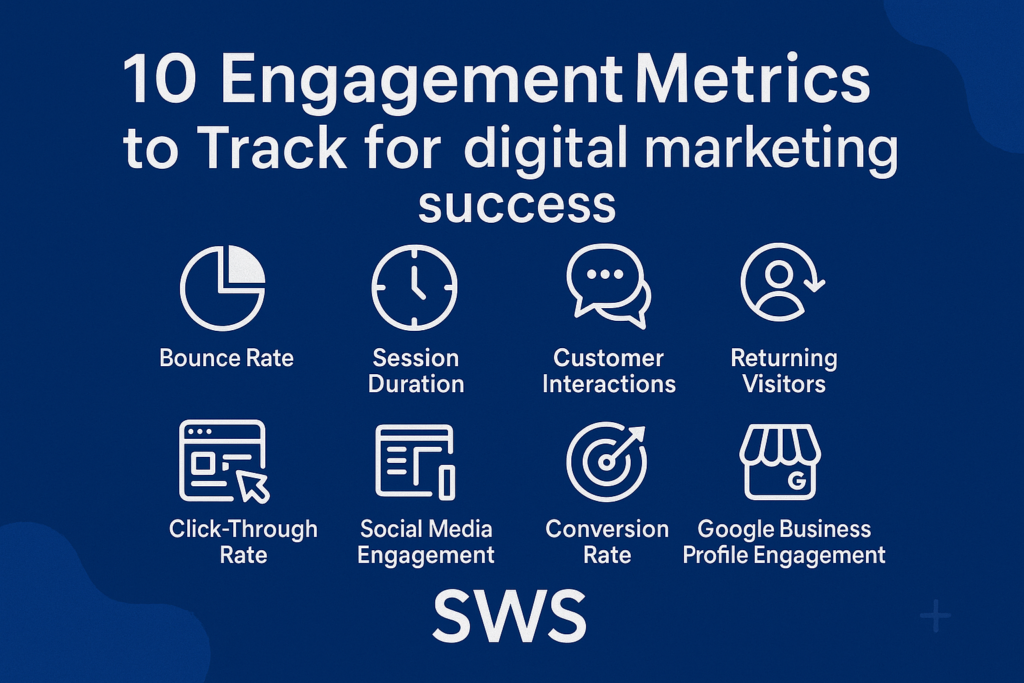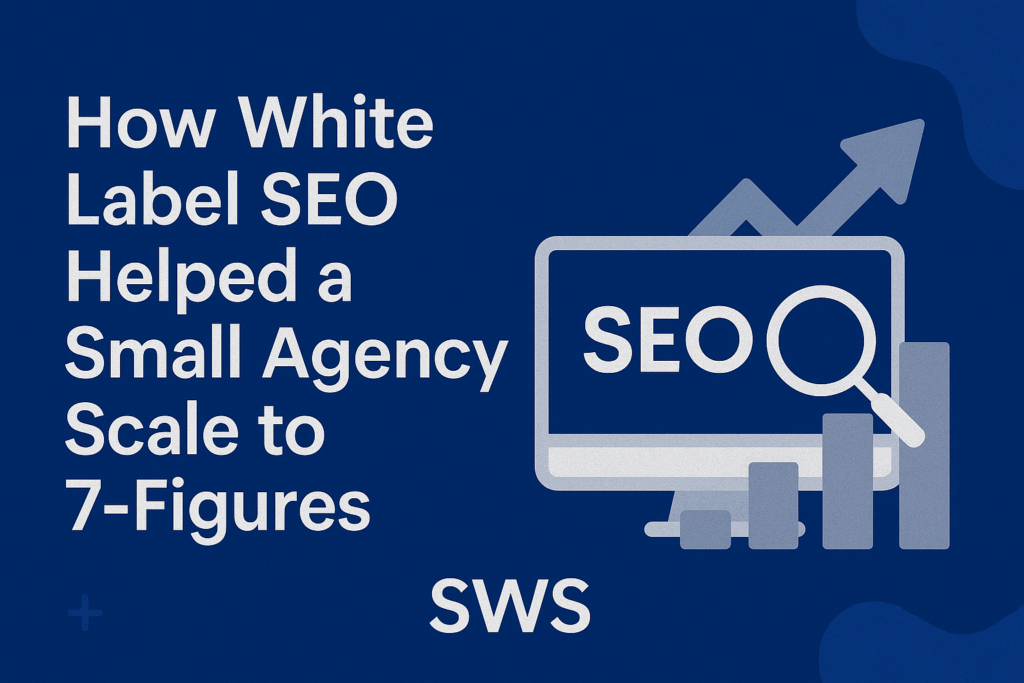Table of Contents
ToggleEver feel like you’re publishing content but still missing out on key traffic? You’re not alone. Many marketers pour time and energy into content creation without a clear understanding of what their audience actually needs. The result? A bloated content library filled with underperforming posts and missed ranking opportunities.
That’s where a content gap analysis comes in. It’s the not-so-secret weapon used by top content strategists to uncover what your site is missing — and what your competitors are getting right. According to a Moz study, websites that systematically close their content gaps can see up to 30% growth in organic traffic within months.
In this guide, I’ll break down exactly what a content gap analysis is, how to conduct one, and why it should be a cornerstone of your content and SEO strategy.
What Is A Content Gap Analysis?
A content gap analysis is the process of identifying missing or underdeveloped content on your site relative to your audience’s needs and your competitors’ content offerings.
There are four major types of content gaps:
- Keyword gaps: Keywords your competitors rank for, but you don’t.
- Topic gaps: Trending or niche subjects you haven’t covered.
- Funnel gaps: Missing content at specific stages of the buyer journey.
- Competitive gaps: Areas where your competitors dominate the conversation.
As Rand Fishkin puts it, “Content that fills genuine market gaps creates disproportionate returns.” And he’s right. Whether you’re launching a blog or scaling an enterprise content strategy, identifying these gaps ensures you’re not just adding noise but meeting actual demand.
Preparing For Your Content Gap Analysis
Before diving into the tools and tactics, a bit of groundwork goes a long way. Start by outlining your goals: Are you trying to increase traffic, improve conversions, or support a product launch?
Next, gather the right tools. Here are a few to consider:
- Free Tools: Google Search Console, Google Trends, Ubersuggest
- Paid Tools: Ahrefs, SEMrush, Clearscope, MarketMuse
Make sure your current content inventory is well-documented. Having a clear map of existing content helps you identify true gaps, not just forgotten articles.
Andy Crestodina sums it up perfectly: “The best content strategies are built on data-backed gap identification.”
Competitive Content Gap Analysis
Here’s where it gets juicy. Competitive gap analysis is about identifying what content your rivals are ranking for — and you’re not.
First, identify your real content competitors. These might not be the brands you compete with in business, but the ones who own the SERPs for your target keywords.
Use tools like:
- Ahrefs Content Gap Tool
- SEMrush Keyword Gap Tool
- BuzzSumo (for topic-based insights)
Once you gather the data, create a competitive content matrix: What keywords are they targeting? What formats are they using (videos, blogs, webinars)? Where are they earning backlinks?
According to Lily Ray, “Understanding competitor content gaps reveals your biggest opportunities for differentiation.” Prioritize topics where your competitors rank well, but the content quality is weak or outdated.
Keyword Gap Analysis Process
Keyword gaps are the bread and butter of SEO-focused content audits. Here’s a step-by-step to uncover them:
- Export your site’s ranking keywords using Google Search Console or Ahrefs.
- Export competitors’ keywords from the same tools.
- Filter for high-volume, low-difficulty keywords they rank for and you don’t.
- Group keywords by topic or funnel stage.
Cyrus Shepard notes: “The most valuable keyword gaps are often hiding in plain sight in your competitors’ mid-funnel content.”
Use tools like Backlinko’s keyword research guide to refine your list.
Be sure to check:
- Intent alignment (informational vs. transactional)
- Ranking difficulty (low-hanging fruit first)
- SERP format (featured snippet, video, etc.)
Content Funnel Gap Analysis
Even if your blog is brimming with content, you might still be missing critical touchpoints in the buyer journey.
Use a simple map to organize content by funnel stage:
- Top-of-Funnel (TOFU): Educational content (e.g., “What is X?”)
- Middle-of-Funnel (MOFU): Comparison or use-case content
- Bottom-of-Funnel (BOFU): Case studies, pricing pages, demos
Audit your existing content to see where the drop-offs occur. Tools like HubSpot’s content mapping template can help visualize this.
Ann Handley reminds us: “Content gaps often exist not in topics but in addressing specific customer questions at critical decision points.” Prioritize gaps where users might fall out of the funnel due to lack of clarity.
Implementing Your Findings
You’ve got your gaps. Now what?
Turn your insights into an action plan:
- Build a content calendar prioritizing high-value gaps
- Repurpose underperforming content into new formats or target additional keywords
- Assign timelines and responsibilities to your content team
Julia McCoy of Content Hacker says, “Effective gap analysis implementation requires ruthless prioritization based on potential impact.”
As you publish new content or update existing pages, track:
- Ranking improvements
- Organic traffic increases
- Engagement metrics like bounce rate and time on page
Use the Content Marketing Institute’s guide to manage content production and measure success.
Conclusion: Make Gap Analysis a Habit
Let’s recap:
- A content gap analysis helps you uncover keyword, topic, and funnel blind spots.
- Competitor research reveals where you can stand out.
- Implementation requires prioritization and ongoing measurement.
Done right, a quarterly gap analysis can transform your content strategy from hit-or-miss to consistently strategic.
Need a starting point? Reach out to our SEO experts and start identifying missed opportunities today.
Pro Tip:
Most brands do a single gap analysis once a year. The smart ones do it quarterly. Markets change. Competitors move fast. Your content strategy should, too.

SWS Marketing is a white label digital marketing company which provide services to both agencies, and clients around the world. Our small team of SEO, PPC and social media experts deliver high-impact digital marketing solutions that help businesses grow their online presence. Agencies and Clients benefit from increased brand awareness, traffic, visibility and leads, created by our data-driven approach to search engine optimization(SEO), PPC, social media marketing, content marketing, digital PR, guest posting and more!

